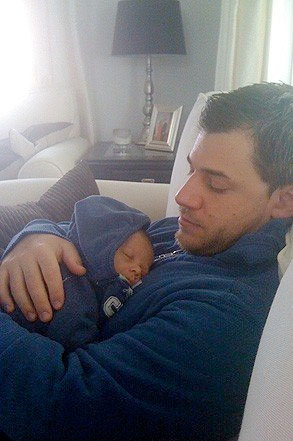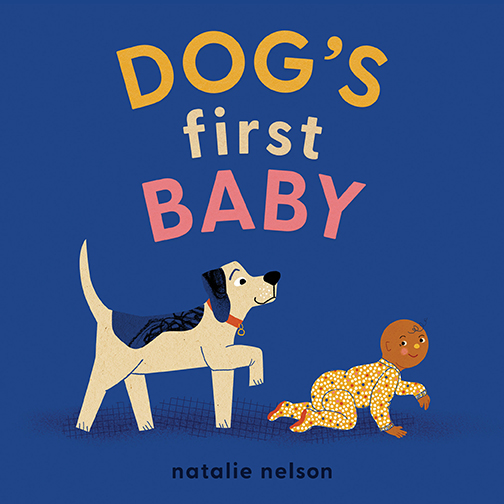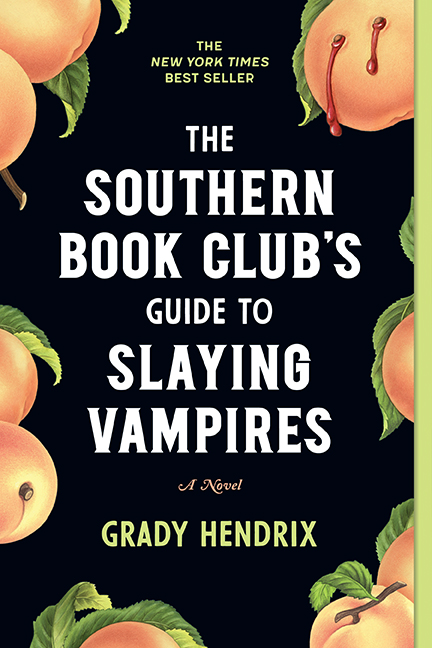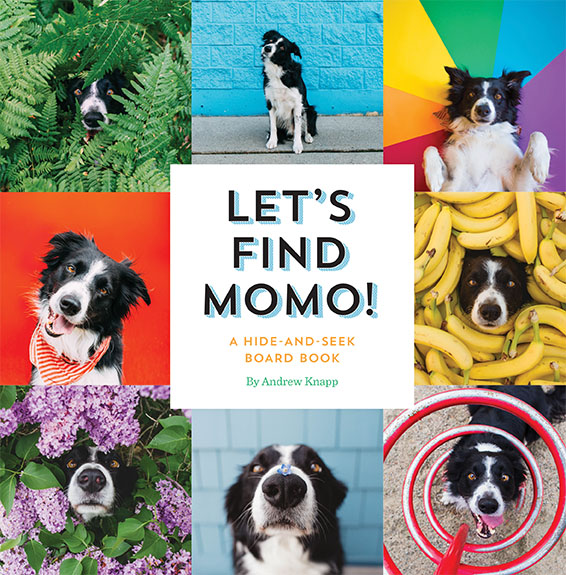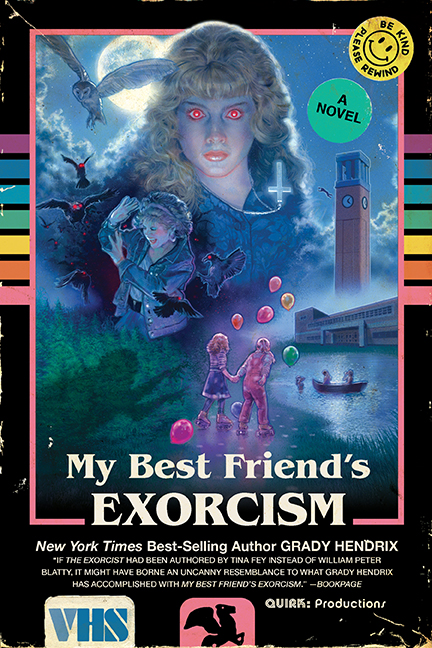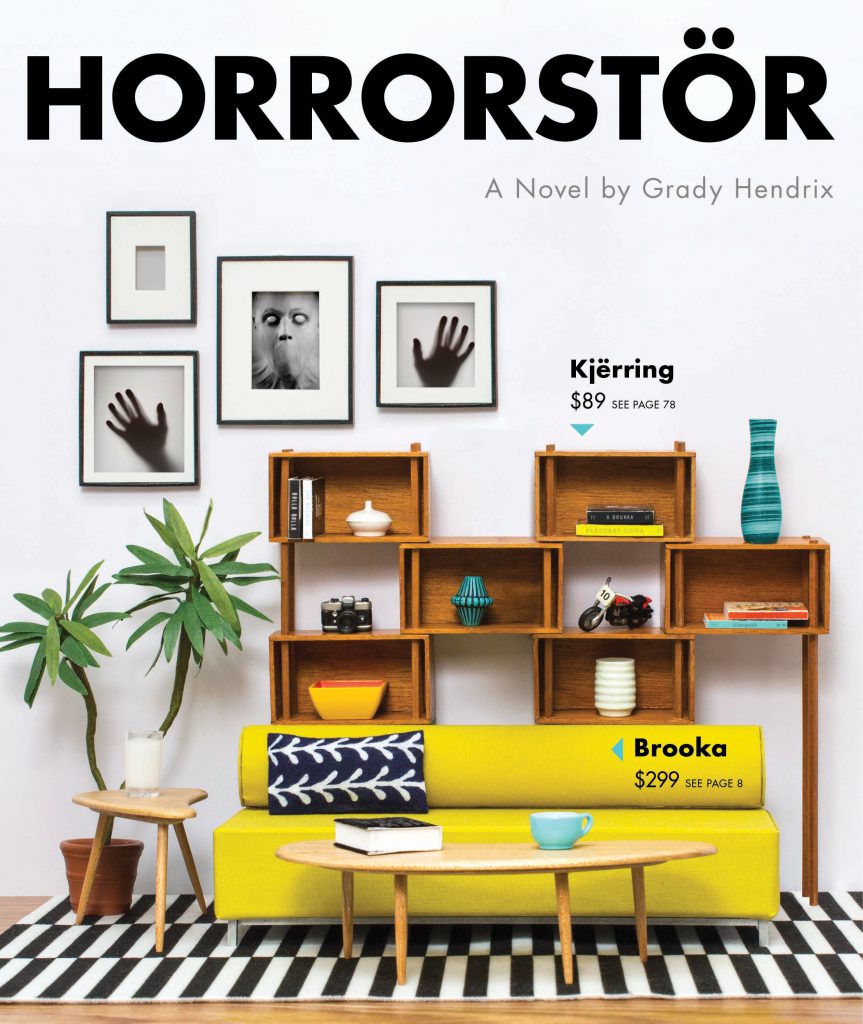Our Blog
Celebrate Bastille Day with These Badass French Writers
Bastille Day is one badass French holiday.
It all began in the summer of 1789 when a mob of Parisians stormed the Bastille fortress to collect a large supply of ammunition and put a fork in royal rule.
Widely thought of as the key in the French Revolution ignition, this time period spawned radical social change and brought about many influential writers and activists. As an ode to this holiday, we’ve gathered some pretty badass French writers who have not only made their way into classic literature with their worthy accomplishments, but they’ve also made us say Mon Dieu!

François-Marie Arouet de Voltaire (AKA Voltaire): One day, Voltaire got locked up in the Bastille Prison for insulting a French nobleman. He was put away without a trial, no bail, and no form of defense. Fearing a lifelong sentence, he proposed that he be exiled to England instead, which authorities accepted.
Instead of cursing out the government, he made it his goal to improve the French judicial system via his well crafted, observant, and persuasive writings. Go Voltaire! And… he wrote a science fiction piece about aliens visiting Earth only to witness humankind’s foibles. Yes!

Émilie du Châtelet: The romantic puzzlepiece to Volatire, Émilie is famously known for her translation and commentary on Isaac Newton‘s work Principia Mathematica. To this day, it is still the standard version used among scholars. Émilie was an astute writer who used her mathematical brilliance and academic writing to unravel the mysteries of life. In fact, some say she was writing about energy and velocity 150 years before Mr. Einstein even had a tongue to stick out. Science faux pas.
Posted by Elizabeth Knauss
Worst-Case Wednesday: Creating Your Bastille Day Barricade
Bastille Day in Philadelphia via VisitPhilly
With Bastille Day coming up this Saturday, July 14th, I looked to the Worst Case Scenario Almanac: History for some advice on how to celebrate this revolutionary holiday.
While you probably won’t get in a fight with bayonets, barricades are just the thing to keep your block party going all day long.
Here are some strategies to make sure it’s effective:
Posted by Jessica Lopez
Knit Lit: My Favorite Knitters in Literature
Photo by Mararie
Knitting is perhaps the quintessential unhip pastime, so it serves authors well as a convenient shorthand for earnest domesticity and obliviousness to fashion. Identifying a character as a knitter evokes a web of associations and expectations — which, of course, the clever author will sometimes turn on their head.
Here’s a skein of knitters from literature, sorted by type.
Posted by Judy Weightman
Picnic Twist: Spicy Waffle Chips
Waffles and picnics are two words rarely seen together in a sentence, but thanks to Dorie Greenspan’s inspired recipe, the two might be seen in public more often this summer. Forget what you think you know about this breakfast food staple: after pressing the waffles into shape, add them to a 200F oven for a good hour and a half to get them crisped to nacho-like perfection.
Follow this link to Greenspan’s Cilantro Waffle Chips recipe. The zesty flavors and crunchy texture here are reminiscent of Southwest dishes and are ideal snacks for any outdoor outing this summer. Pair them–as Dorie recommends–with guacamole, sour cream, grilled shrimp and cold beer for a true summer fiesta. The best part? These ideal picnic bites last for three days in a covered tin.
—
Homemade Quirk: Follow the community on Twitter, like it on Facebook!
Posted by Jessie Pascoe
Handling the New Baby
Local author Chris Illuminati and son
Some parents have the knowledge and the instincts down before their first child even arrives in the world. Others (like me if I ever have a child) will need a complete and detailed instruction book.
Let’s cover some basics today, from The Baby Owner’s Manual.
Handling the New Baby: Always wash your hands before handling the baby. Human skin contains bacteria that, when transferred to the baby, can cause him to function improperly. If you do not have access to soap and water, disinfect your hands with a baby wipe.
Picking Up the Baby
– Slide one hand under the baby’s neck and head to support them. In the first weeks, the baby’s neck has minimal function. Until it strengthens, handle the baby with care to prevent undesirable “flopping” of the head.
– Slide your other hand under his bottom and spine.
– Lift the baby close to your body.
Caution: When laying the baby down, always support the baby’s head with your hands, and ensure that the surface you put him on will support his head and neck.
Passing the Baby: During the baby’s first two months of life, the immune system is extremely fragile. It is recommended that you limit the number of visitors during this period. Before passing the baby to another person, be sure this person has washed his or her hands.
When one user wishes to pass the baby off to another, or when friends and family come to visit, use the following techniques to keep the baby safe.
– Use one hand to support the baby’s head and neck. Your other hand should support the baby’s bottom and spine.
– Have the other person cross his or her arms.
– Set the baby’s head and neck in the crook of one arm. Instruct the other person to support the baby’s head.
– Place the baby’s body into the crossed arms.
—
Posted by Courtney Daniels
Melancholia + Saying All of the Things You’ve Wanted to Say
It’s a shame that last year’s Melancholia will be better-remembered for director Lars von Trier’s Nazism jokes (tastelessly expressed at, of all places, the Cannes Film Festival) than its brave, unconventional response to the apocalypse.
Although judging from these squirm-inducing GIFs of Kirsten Dunst, seated next to von Trier while he was making said un-PC comments, you’d think the world was ending too:
http://fourfour.typepad.com/fourfour/2011/05/dunsts-finest-role.html
But Melancholia is the finest, most interesting apocalyptic film to date. The movie is divided into two acts: the first is Dunst’s wedding reception, where she acts bewilderingly ungrateful and fatalistic; in the entirely different second act, a distant planet (Melancholia) is headed on a collision course with Earth.
Charlotte Gainsbourg plays Dunst’s level-headed sister, and faced with the crippling mortality of everything, suddenly Dunst’s aloof cynicism seems more rational than Gainsbourg’s dissolving pragmatism. And if the world is ending, I can’t think of a better time to embrace one’s inner-jerk.
Whereas Hank, the detective in The Last Policeman, continues his investigations despite the fact that an asteroid is set to collide with Earth, I’d surrender all pretenses of being a friendly, productive human being. Because when I’m really honest with myself, I have no interest in being a nice person.
You see, at the end of the world, there’s no legacy — no one to remember how rotten you were in your final days, no last judgment. There’s just the pure satisfaction of saying all of the things you’ve wanted to say.
A few things I would say:
+ My friend Chad: “I’ve always been embarrassed to have a friend named Chad.”
+ Steelers fans: “You are all the worst people on Earth. Also don’t please hurt me.”
+ President Obama: “I agree with all your policies, but even if I didn’t, I’d probably still vote for you because you’re so handsome.”
+ All of my exes: “I’m still in love with you.”
I would also punch anyone who was listening to R.E.M.’s “It’s the End of the World.”
Truthfully though, I would probably never say any of these things, even if the world was ending. Instead, I’d probably just sit in my apartment and watch Melancholia a few more times. That movie is so good!
Kevin Nguyen is a writer / editor living from Seattle. Follow him on Twitter via @knguyen, and check out his website www.bygonebureau.com.
Posted by Kevin Nguyen


